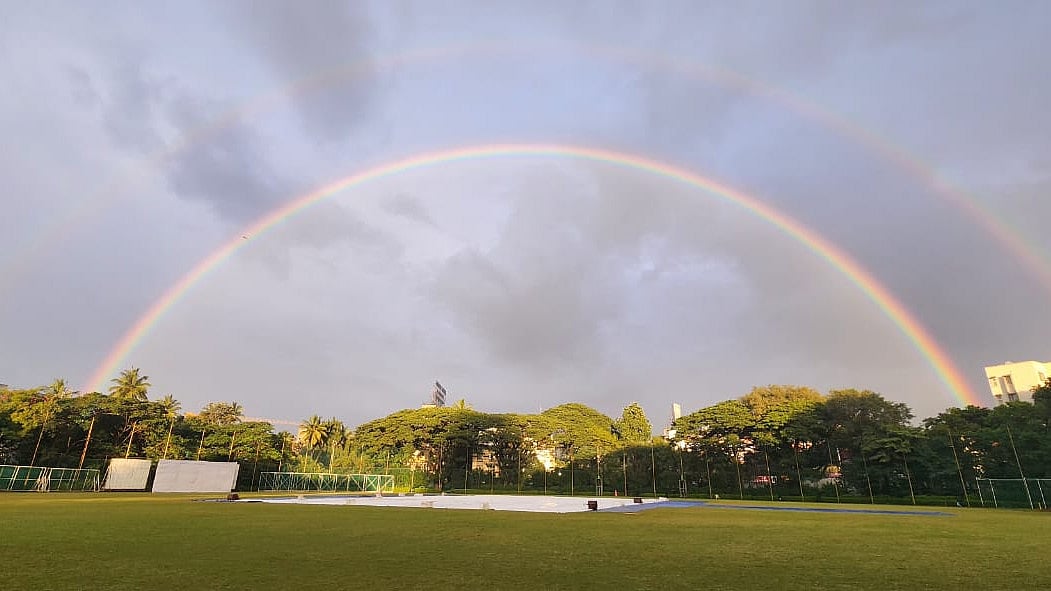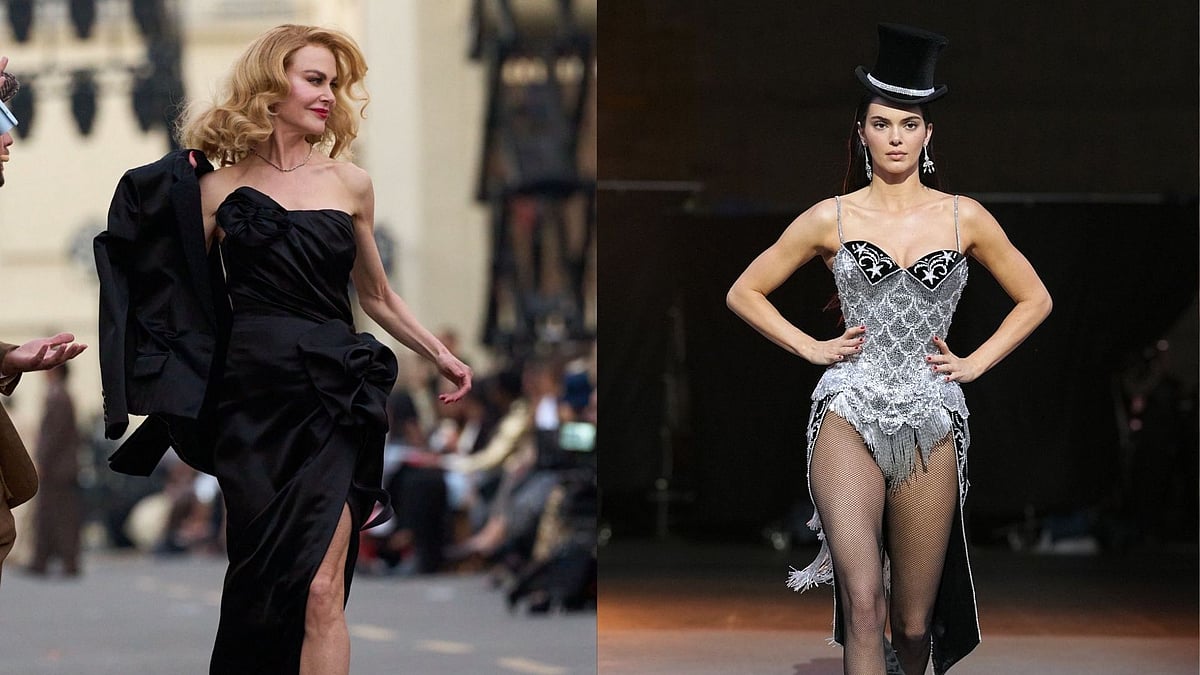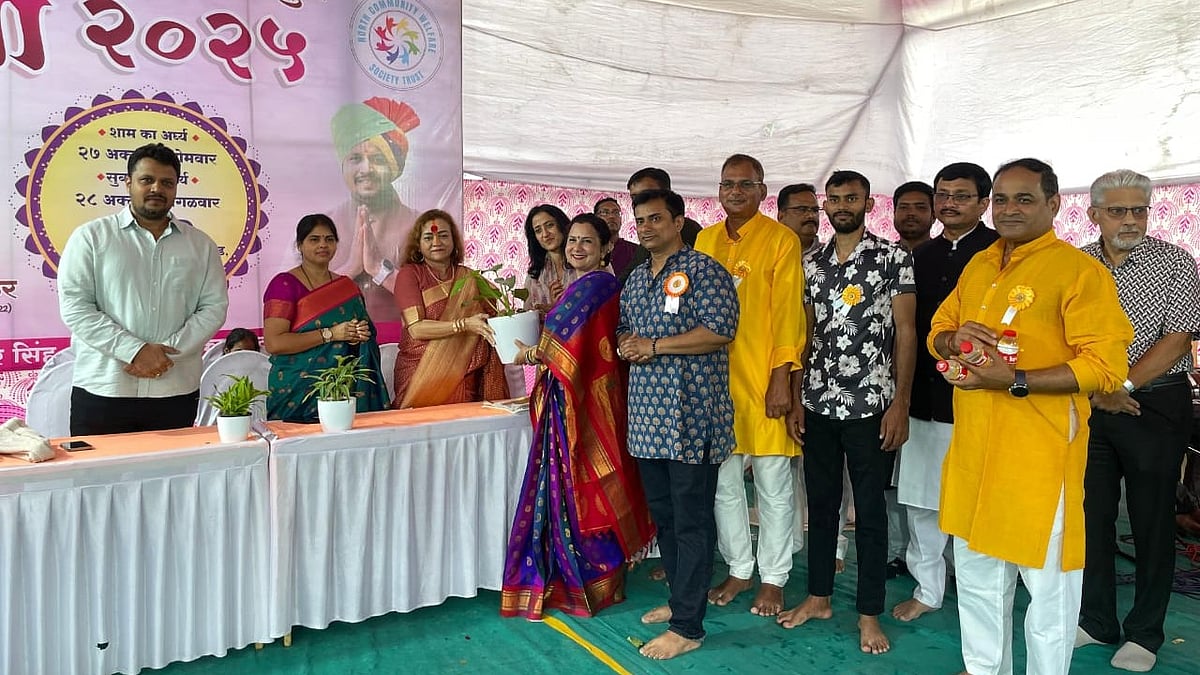Pune: Punekars within the central area of the city were delighted to see a rainbow glowing over the top of the city. Not just a mere shadow but a full-fledged rainbow and all of its colours were clearly visible. Since Sunday night, rainfall has hit Pune city and the Pimpri-Chinchwad area. But, after the untimely showers, seeing a rainbow -- which is a rare feat -- made the city dwellers happy.
See Photos:
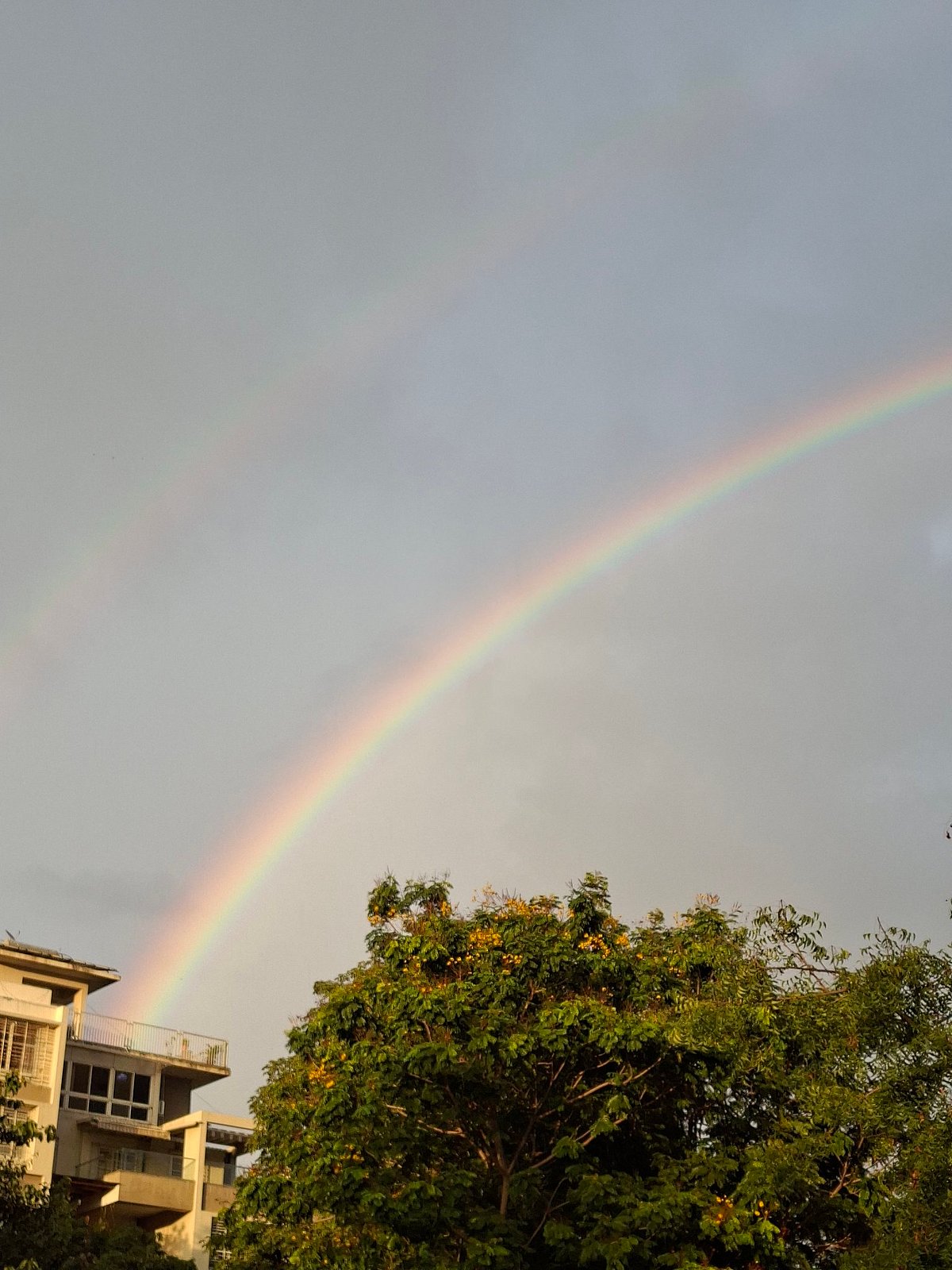
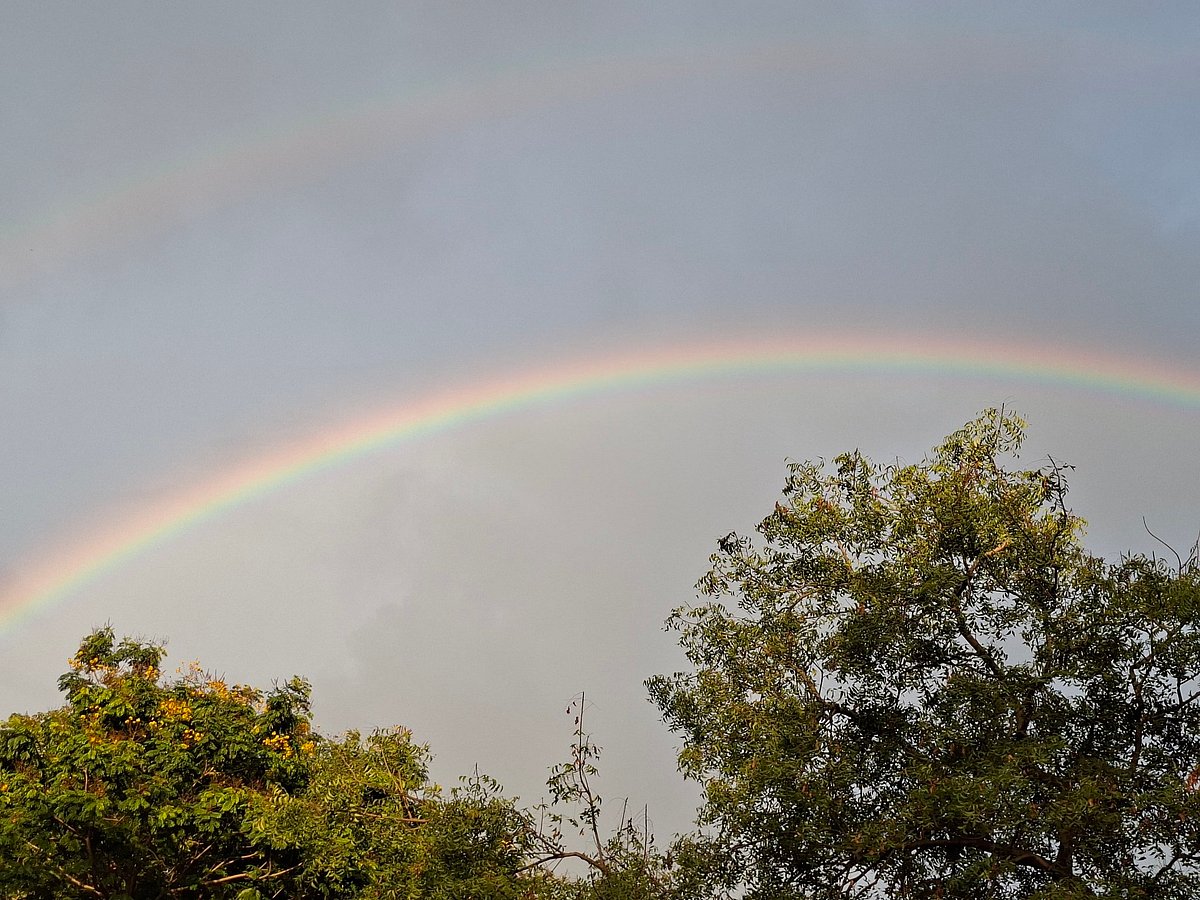
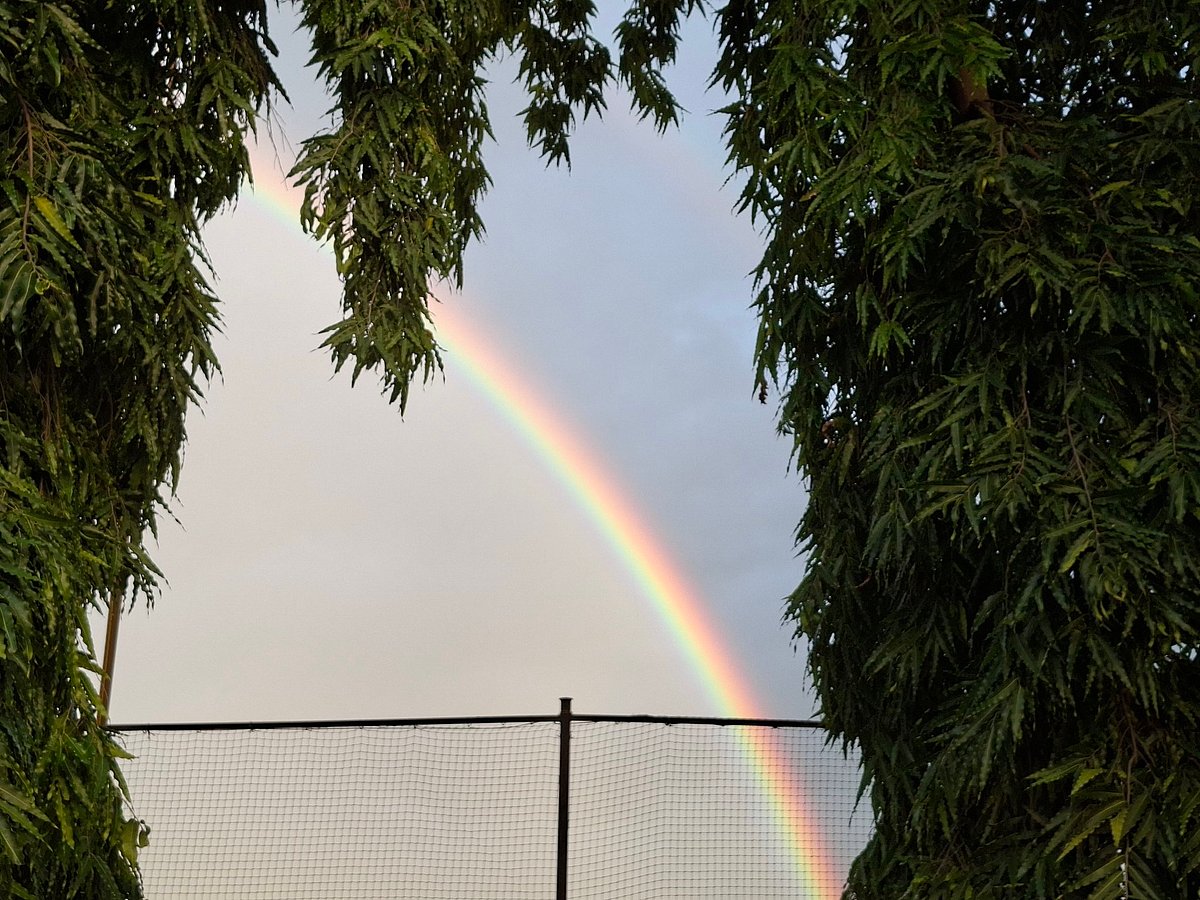
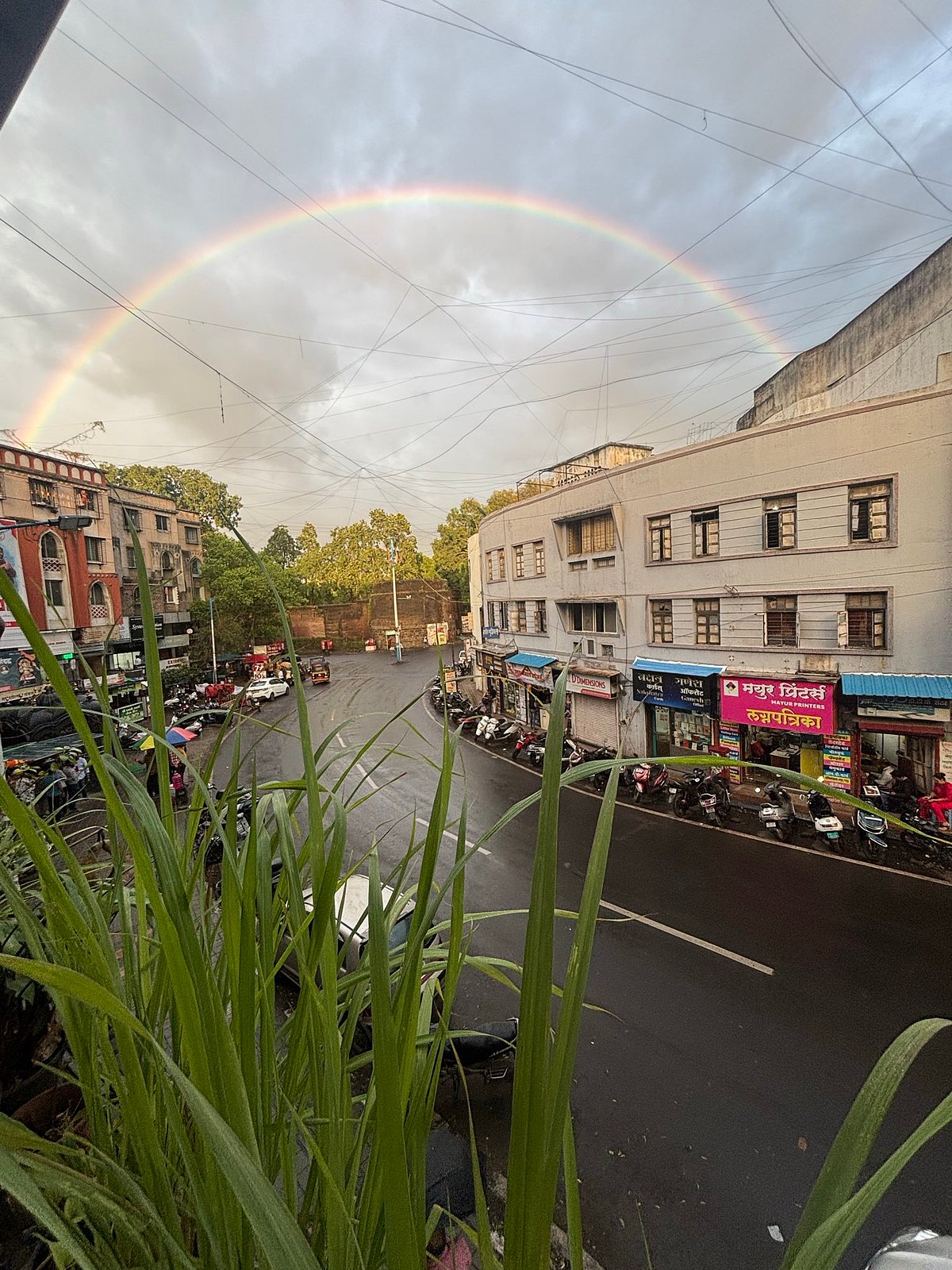
According to environmental experts, Rainbows are relatively rare in a city like Pune because the conditions required for them don't align often in the city. Pune’s tropical wet and dry climate means that heavy monsoon clouds usually block sunlight during rainfall. This prevents the refraction and reflection needed to form rainbows. They’re more likely to appear at the beginning or end of the monsoon. Because it's during this time that rain coincides with sunshine. Punekars have reported that they have seen rainbows before, especially in the early morning or late afternoon.
But seeing a rainbow on Monday evening made citizens happy, as urban pollution and high-rise buildings many times obstruct visibility. Citizens on FC Road, JM Road, Deccan Gymkhana, Prabhat Road, Erandwane, Kothrud, and others witnessed this natural site.
Meanwhile, the India Meteorological Department (IMD) has said that Pune will see light to moderate showers with thunderstorms on October 28 and 29. This might include cloudy afternoons and possible rain at isolated spots. On October 30, people can expect partly cloudy skies and pleasant temperatures around 32°C/21°C. “Overall, keep an umbrella handy for intermittent showers and humidity,” said an official.
Rainbows occur due to the refraction, reflection, and dispersion of sunlight in water droplets. When sunlight enters a raindrop, it bends because light travels at different speeds in air and water. Inside the droplet, the light reflects off the inner surface and then exits. It bends again as it leaves. During this process, white sunlight splits into its other component colors. They are red, orange, yellow, green, blue, indigo, and violet. This happens because each color bends by a different amount. The result is a circular arc of colors, with red on the outer edge and violet on the inner edge. It's usually visible when the Sun is behind the observer.
